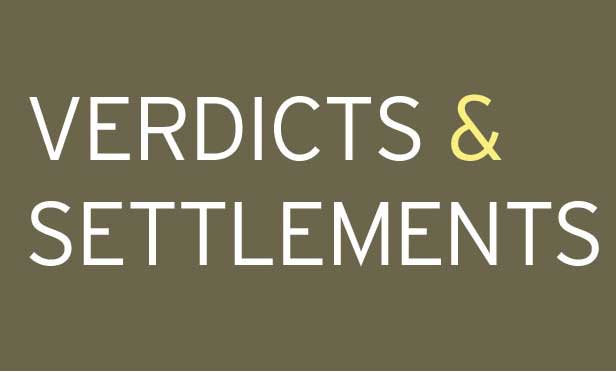Recently, the Pennsylvania Commonwealth Court delved into the age-old question of whether an injured worker should be considered an employee, thereby being eligible for workers’ compensation insurance, or an independent contractor, which renders the worker indelible for such protections. As is well known, under Sections 103 and 104 of the Pennsylvania Workers’ Compensation Act, an independent contractor is not entitled to benefits due to the absence of a master/servant relationship. The employee/independent contractor relationship issue has become much more clear in Pennsylvania in the construction setting with the passage in 2011 of the Construction Workplace Misclassification Act (Act 72), which made it illegal for an employer to misclassify employees as independent contractors for all commercial and residential construction in Pennsylvania. It also set forth a very specific test for determining the appropriate classification, most of which was derived from existing case law. However, outside of the construction setting, the inexact web of common law still controls the master/servant relationship issue.
The court’s latest foray into what constitutes an employee for purposes of the Workers’ Compensation Act is worth reading in its entirety as, like all such cases, it is very fact specific. However, the facts do not warrant being addressed in detail here, for our purposes. In summarizing the status of the law, the Commonwealth Court in Berkebile Towing and Recovery v. Workers’ Compensation Appeal Board (Harr, SWIF and UEGF), 220 C.D. 2020 (5/10/2021) referred heavily to its 1999 decision in Sarver Towing v. Workers’ Compensation Appeal Board (Bowser), 736 A.2d 61 (Pa. Commw. 1999), and thereby acknowledged the longstanding tenet that “control of the work and the manner in which the work is accomplished” is the “key indicator” in the analysis of an employment relationship. Also, while an employer/employee relationship inquiry is a question of law, the result depends heavily on the workers’ compensation judge’s (WCJ) underlying credibility and factual determinations.


 Christian Petrucci of the Law Offices of Christian Petrucci.
Christian Petrucci of the Law Offices of Christian Petrucci.




